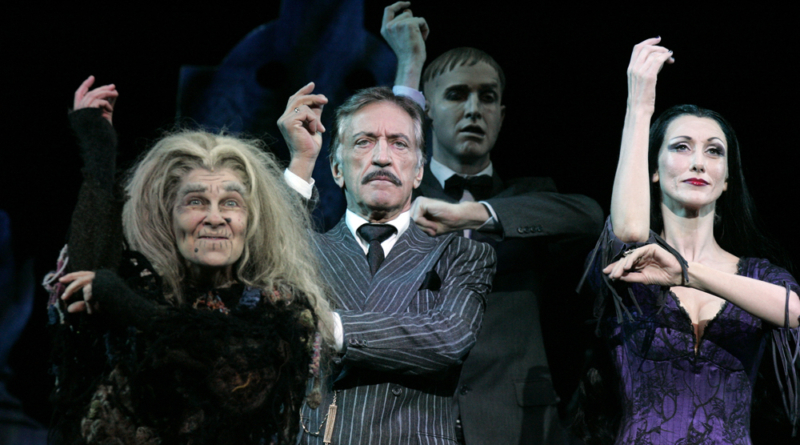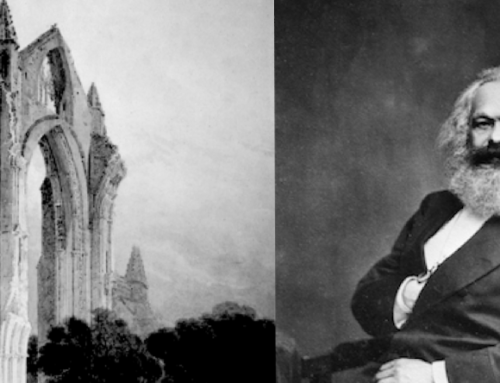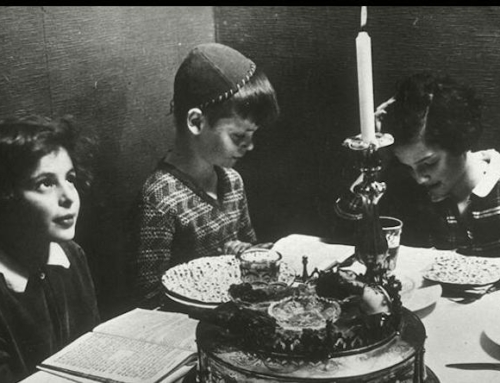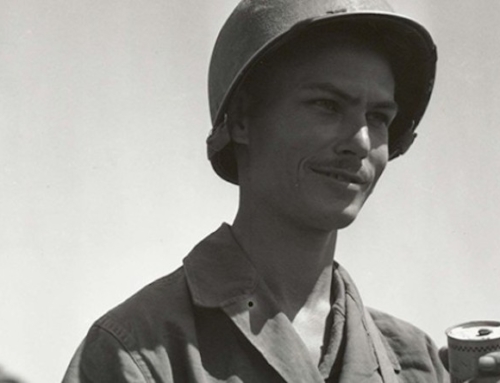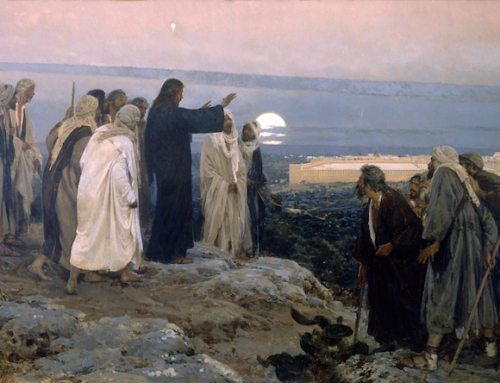“They’re creepy and they’re kooky
They’re scary and they’re spooky
They’re altogether ooky
The Addams family!”
Halloween has passed, but before we rush from “It’s the Great Pumpkin Charlie Brown!” to “A Charlie Brown Thanksgiving,” it’s worth taking a moment to reflect on that most ghoulish of American families: the Addamses. I suggest that under their bizarre exterior, they’re hiding a secret. They’re famous for their oddness, their deeply macabre sensibilities, but who are they really? Let’s take a look. I’ll base most of my observations on the film Addams Family Values from 1993.
The Addamses are a decidedly Latin European family. Gomez, the father, clearly hails from Spain, whereas his wife Morticia is decidedly French. They are spooky: they dress as though attending a funeral, and death is a frequent subject of their conversation. In addition to talking often about death in general, they frequently mention their dead relatives. Their fondness for their departed family members is obvious, coupled with a sense of humor that accents their macabre sensibilities.
Their affections are not limited to the dead. They have both a grandmother and an uncle who live with them, and both are integral parts of the family. They are all distressed at the thought of being separated from one another or of losing one another’s affections. Gomez’s public displays of affection for Morticia (kissing her arms, calling her by pet names, dancing a very vigorous tango) leave no doubt that he is passionately in love with his wife. But here again there is a strangeness. Both Gomez and Morticia, despite clearly loving each other, seem to have a strange desire to see one another in pain. When Morticia is in labor, Gomez asks excitedly if she is in “unbearable pain,” and she coyly replies, “oui.” And when Gomez says that to get his brother back he would crawl on his belly through broken glass, Morticia responds, “Why wait?”
Something is definitely the matter with these people. They seem obsessed with death, but in almost a lighthearted way. They are given to showy displays of affection, but also seem attracted to pain. And family is deeply important to them, even family who are dead, whom they seem to regard as being in some way present. I submit to you the true identity of the Adamses: they are Catholics! To be precise, the Addamses are Catholics of a particular stripe seen through the eyes of well-to-do American Protestants.
This fact is particularly evident in Addams Family Values, where the Addamses send their children to summer camp and are contrasted with the WASPy families of the other children. Several generations of a family living in affectionate harmony is strange—if it’s compared with the American norm of a nuclear family. The sense of an ongoing relationship with those who have died seems eerie—unless you believe in Purgatory and the importance of praying for the dead. Similarly, the Addamses’ attitude towards death is easily understood as a Protestant caricature of the classic Catholic practice of memento mori: remembering and preparing for one’s death throughout one’s life. It is also no secret that when European Catholic immigrants first arrived on our shores they were considered to be overly sensual by polite American society. And as for the Addamses’ seeming attraction to pain, how else could the Protestant imagination make sense of the Catholic practice of penance and mortification? There is no parallel to it in upper-crust Protestantism, and although it is a serious misunderstanding of penance to think that it is an attraction to pain for pain’s sake, it is easy enough to see how one could draw that conclusion from hairshirts, flagellation, and practices which have now largely fallen out of use.
If I’m right that the Addamses are an essentially Catholic family as misunderstood through WASPy eyes, then this raises the question: when typical modern Americans look at me and my family, do we stand out? Like the Addamses, are we noticeably, even disconcertingly, different from the society surrounding us? We too should have such a devotion to our dead loved ones that it may even strike others as odd. We too should make it a habit to remember death regularly. This November, the month when we remember the dead, is a great time to rededicate ourselves to a devotion towards our family, both living and dead—a devotion so intense that others might even call it “positively ooky.”
✠
Photo by Eva Rinaldi (CC BY-SA 2.0)

